“Musk hopes to discuss the Mars plans in September at an international space meeting.”
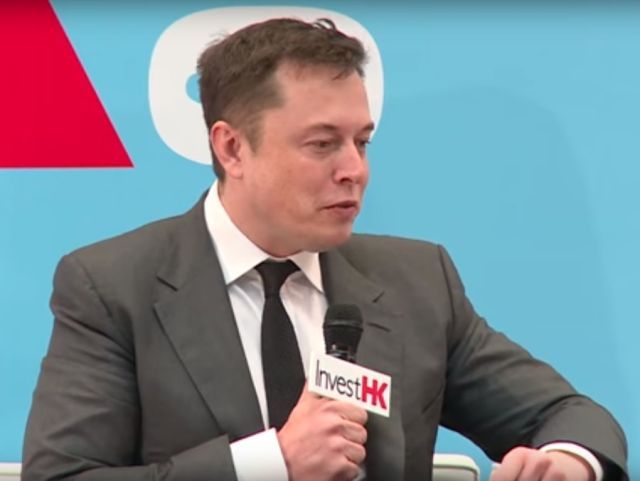

“Musk hopes to discuss the Mars plans in September at an international space meeting.”

Scientists are closer to changing everything we know about one of the basic building blocks of the universe, according to an international group of physics experts involving the University of Adelaide.


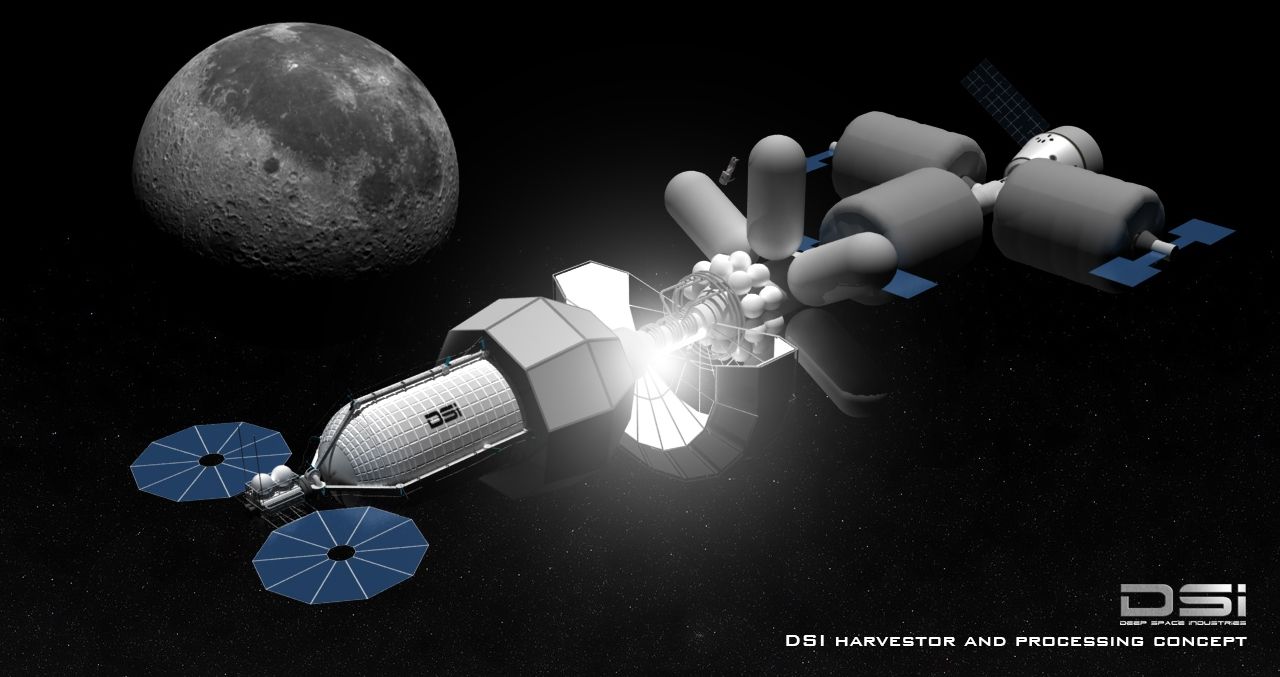
Space is not a government program; it’s the rest of the Universe. Private space business is now a major factor, bent on finding investors interested in generating profits by making space more accessible to more people. Space business pays taxes to governments; it does not consume tax revenues. Further, space business can offer launch services to government agencies at highly competitive rates, thus saving taxpayer dollars. How can they do this, competing with government-funded boosters with a 50-year track record? Simple: governments have no incentive to cut costs. Traditional aerospace industry giants have a huge vested interest in boosters that were developed to military and NASA standards, among which economy was not even an issue. But innovative, competitive companies such as XCOR Aerospace and Mojave Aerospace, without such baggage (and overhead) can drive costs down dramatically. This is a proven principle: notice that we are no longer buying IBM PCs with 64 k of RAM for $5000 a unit.
Even more important in the long view, space is a literally astronomical reservoir of material and energy resources. The profit potential of even a single such resource, such as solar power collectors in space beaming microwave power to Earth, is in the trillions of dollars. What would it be worth to the world to reduce fossil fuel consumption by a factor of 20 or 100 while lowering energy costs? Can we afford to continue pretending that Earth is a closed system, doomed to eke out finite resources into a cold, dark future?
Can we afford space? Wrong question. Can businesses afford space? Yes. We get to reap the benefits of their innovative ideas and free competition without footing the bill.

Cannot wait for the new AR contacts.
NEW YORK, Jan. 21, 2016 /PRNewswire/ — This new IDTechEx report is focused on how the market for smart glasses and contact lenses is going to evolve in the next decade, based on the exciting research and developments efforts of recent years along with the high visibility some projects and collaborations have enjoyed. The amount of visibility this space is experiencing is exciting developers of a range of allied technologies into fast-tracking/focusing their efforts, as well as creating devices and components designed specifically to serve this emerging industry.
Some of the newest devices that have ignited significant interest in smart eyewear are going above and beyond the conventional definition of a smart object; they are in effect, portable, wearable computers with a host of functionalities, specially designed apps etc. that add new ways for the wearer to interact with the world along with smartphone capabilities, health tracking options and many other features. The features of some of the more advanced devices have been based on and have sparked worldwide innovation efforts aiming to create an ecosystem of components that will enable what is bound to be a revolution in form factor for wearables.
User interface is probably one of the most significant features in this revolution. As interfacing with computers undergoes a constant evolution, allowing for wider adoption as interaction becomes more “natural”, smartglasses are bringing about the next big step in this ever-changing space. From keyboards to touchscreens to cameras & positioning/location/infrared sensors, a new wave of innovation is making interfacing with computers gesture-based, and nowhere else is that more obvious than in eye-worn computing.
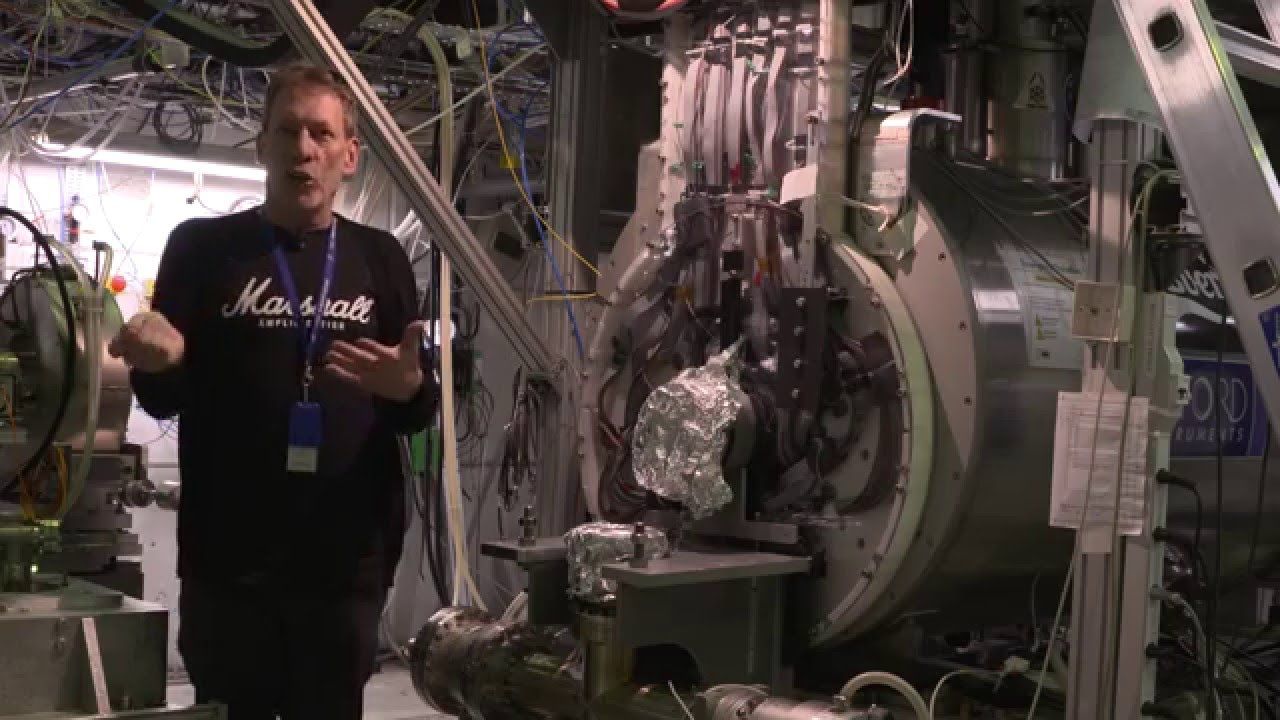
In a paper published in the journal Nature, researchers at CERN’s ALPHA experiment have shown – to the most accurate degree yet – that particles of antihydrogen have a neutral electrical charge.
According to the Standard Model, which explains how the basic building blocks of matter interact, all antimatter – such as antihydrogen – should have the exact opposite charge to its matter counterpart. For example, in a hydrogen atom a negatively charged electron combines with a positively charged proton to give a net charge of zero. In contrast, an antihydrogen atom should have a positively charged positron combining with a negatively charged antiproton to give a net charge of zero. The Standard Model also says that during the Big Bang equal amounts of antimatter and matter were created. But today this isn’t the case, there is much less antimatter in the universe than matter.
Since physicists know that hydrogen has a neutral charge, by studying the charge of antihydrogen, they hoped to see something different or surprising, which could help scientists to understand why nature has a preference for matter over antimatter. “It’s a very important question: is the universe neutral? Do all the positive charges and negative charges have exactly the opposite sign and to what level can you determine that?” explains Jeffrey Hangst, the spokesperson for the ALPHA experiment at CERN’s Antiproton Decelerator (AD) and the lead scientist on the study. “For normal matter that’s known very precisely: to about one part in 1021, that’s one and 21 zeros, that’s an enormous number, we really know that well. Now we have the first opportunity to study this with antiatoms, with antihydrogen, and that’s what we’re publishing now. We made the best possible study that we can make with trapped antihydrogen.”
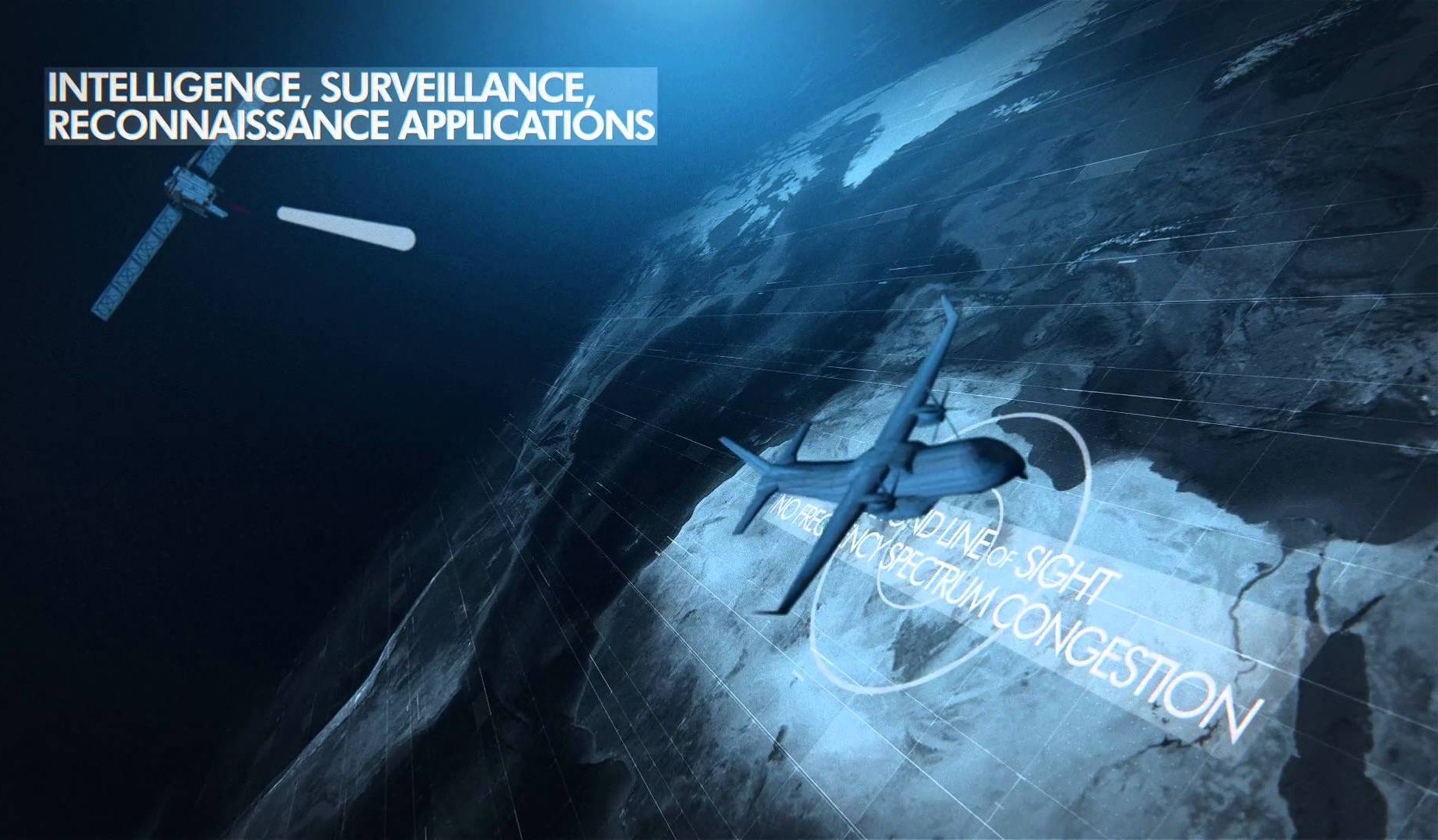
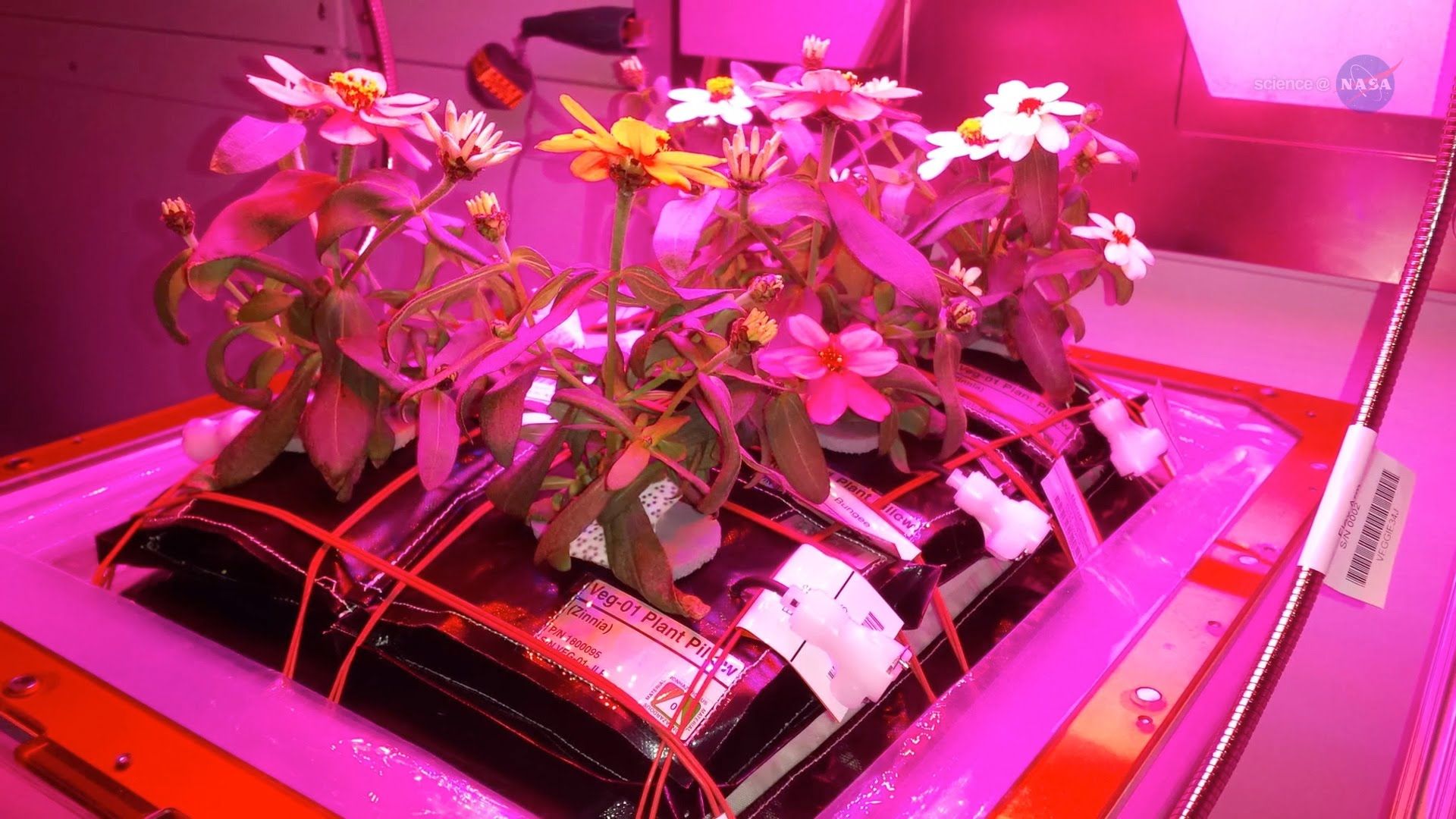
In August 2015, astronauts on the International Space Station ate the first vegetables grown in space; earlier this month, they coaxed the first zinnias to bloom.
Though space agricultural technology hasn’t quite reached the level of that seen in The Martian, overcoming the challenges presented by zero-gravity to grow plants was a feat in itself.
Yesterday (Jan. 20), NASA released a video describing the “historic vegetable moment” and explaining the growing process more in-depth. You can watch it here:

China’s improved glass for space.
Chinese scientists developed a method to create a transparent, glass-based material with the power and lifespan to absorb ultraviolet rays. The metal oxide-based special glass is expected to not break down under prolonged UV radiation exposure. (Photo : John T. Clarke (University of Michigan), ESA, NASA | Wikimedia Commons)
Chinese scientists have discovered a special glass that can absorb and block dangerous ultraviolet rays.
UV light can harm living cells, and out in space where radiation from the sun is even greater, sensitive electronics on board a spacecraft can suffer even more damage.